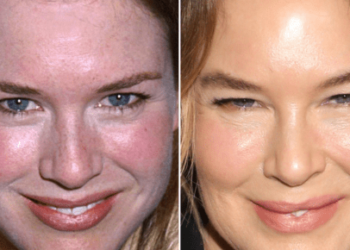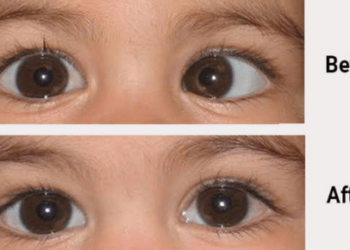
Heart disease is a leading threat to women. Yet many don’t think about it enough. A cardiologist’s perspective can help change that. Women often show different symptoms than men. This means early detection can be tricky. But understanding these differences can be lifesaving. While we know a lot about heart disease, there’s still much to learn. Even in the lively areas of ‘neurology Brighton beach,’ experts emphasize the need for more awareness. Routine care and smart lifestyle choices can make a big difference. Let’s explore these and how they can help protect women’s hearts.
Understanding the Risk Factors
Heart disease doesn’t happen in a vacuum. Several factors play a role. Identifying these can help women take better care of their hearts. Common risk factors include:
- High blood pressure
- High cholesterol
- Smoking
Beyond these, women face unique risks. Conditions like pregnancy-related complications or hormonal changes during menopause can impact heart health. According to the CDC, awareness and education are key to prevention.
Recognizing Symptoms
Symptoms of heart disease in women can differ from those in men. While men often experience chest pain, women may have:
- Shortness of breath
- Nausea or dizziness
- Fatigue
These symptoms can occur even without the classic chest pain. Knowing these can lead to earlier detection and treatment.
Lifestyle Changes for Prevention
Adopting healthy habits is a powerful way to prevent heart disease. Here are three key changes:
- Diet: Eating a balanced diet rich in fruits, vegetables, and whole grains supports heart health.
- Exercise: Regular physical activity strengthens the heart. Aim for at least 30 minutes a day.
- Stress Management: Techniques like meditation or yoga can reduce stress levels.
These changes can lower the risk of developing heart disease and improve overall well-being.
The Importance of Regular Check-Ups
Regular medical check-ups are crucial. They help monitor blood pressure, cholesterol levels, and other heart-related metrics. Early intervention can prevent small issues from becoming serious problems. The National Institutes of Health stresses the importance of routine screenings for women, particularly after age 50.
Comparing Men’s and Women’s Symptoms
Understanding the differences in symptoms between men and women can be crucial in ensuring timely care. Here’s a simple comparison:
| Symptom | Men | Women |
| Chest Pain | Common | Less common |
| Shortness of Breath | Less common | Common |
| Nausea | Sometimes | Often |
This table highlights the need for tailored approaches in diagnosing and treating heart disease in women.
Conclusion
Preventing heart disease in women starts with awareness and understanding. Recognizing the unique symptoms and risk factors can lead to better prevention and treatment. By adopting healthy lifestyle changes and keeping up with regular check-ups, women can protect their heart health. Let’s work towards a future where heart disease is less of a threat to women’s lives.











